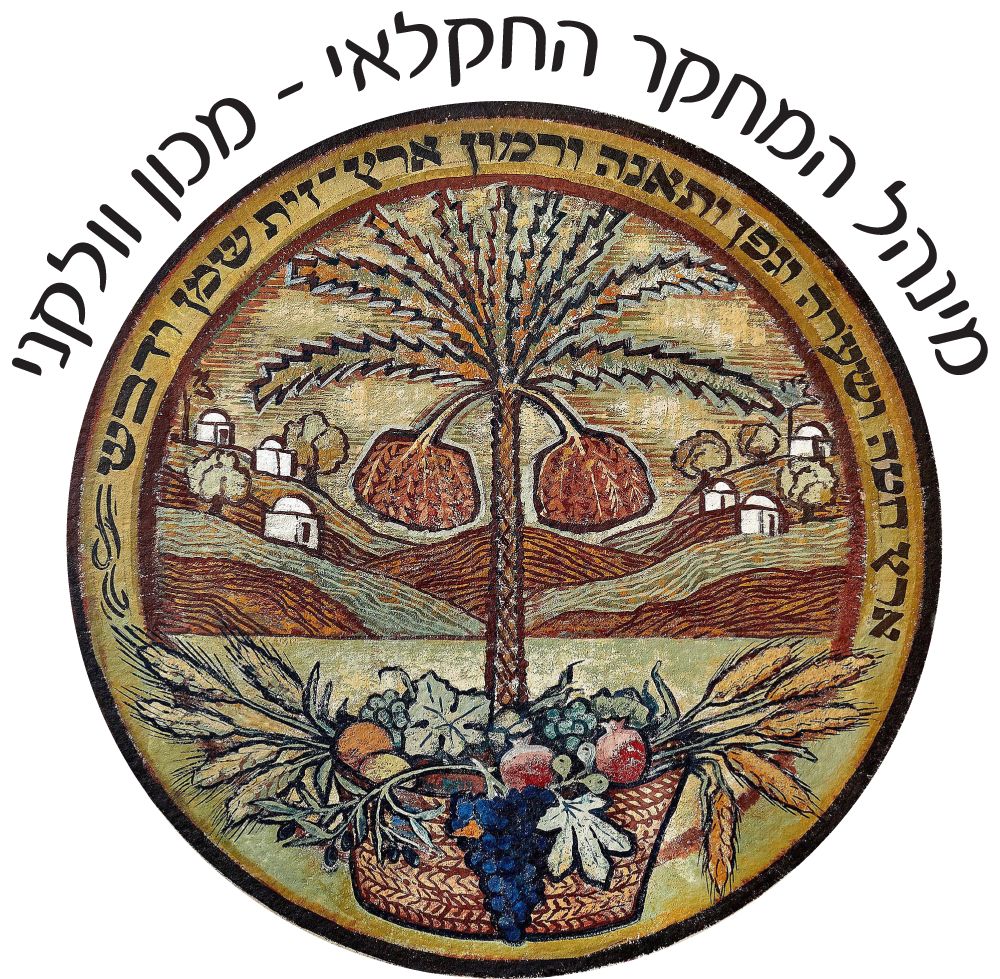The honeybee is a social creature living in large colonies with a single queen and tens of thousands of worker bees. The hive is a joint creation of many bees, working together on various tasks such as constructing wax combs, caring for larvae, collecting food, warding off enemies, tending to the queen, and more. The hive’s strength lies in the teamwork of all the bees, relying on a complex communication system that uses multiple senses: smell, touch, vision, taste, and sound. This system allows bees to gauge the hive’s condition, identify fellow members, and respond efficiently to the colony’s needs.
Bees in a colony are not identical; their sensitivity to different signals is influenced by their age, hormonal state, and genetic background. This diversity enables the hive to develop specialized bees for tasks like locating food sources or removing dead bees. However, as in any complex system, miscommunication or lack of coordination can occur. The hive’s large size and the high number of bees help mitigate the impact of these errors.
Like bees, humans are diverse, and each person is a unique individual. When human behavior is significantly different from most people, it is often termed a syndrome. Autism Spectrum Disorder (ASD) is characterized by a limited ability to understand and communicate social signals. All humans can be placed on a spectrum of social sensitivity, ranging from those with very low sensitivity to those with extremely high sensitivity. In our research on honeybees, we asked: Can bees also be classified on a scale of social sensitivity?
For the study, we worked with groups of ten bees placed in Petri dishes on the day they emerged from their pupae. Each bee was marked with a unique color dot on its back, allowing us to identify individuals. We raised the bees in these dishes for a week. On the seventh day, we exposed them to a series of social signals. First, we introduced a foreign bee from another hive, which typically elicited aggressive responses, with some bees being very aggressive and others indifferent. Next, we exposed the bees to a queen larva, prompting nurturing behavior in some bees, while others remained indifferent.
We repeated the experiments several times, ultimately categorizing the bees based on their consistent responses, from highly reactive bees to consistently indifferent ones. Even when isolated, the indifferent bees remained unresponsive to social cues, despite no other bee performing the tasks in their place.
In the final stage, we collected the indifferent bees and examined their brain gene expression levels. We found a unique gene expression pattern involving hundreds of genes, distinct from their socially sensitive sisters. Remarkably, many of these genes are linked to autism spectrum disorders in humans. Our conclusion: just like humans, bees exhibit a spectrum of social behavior, with some bees displaying low social sensitivity. The molecular mechanism contributing to this phenomenon appears similar in both species.
The diversity in the natural world is a blessing, and phenomena observed in humans can often be identified in other animals. Understanding these phenomena can lead to greater acceptance of differences and even to finding ways to ease the challenges they may pose.
In the attached video, you can see bees fighting against an intruding bee
